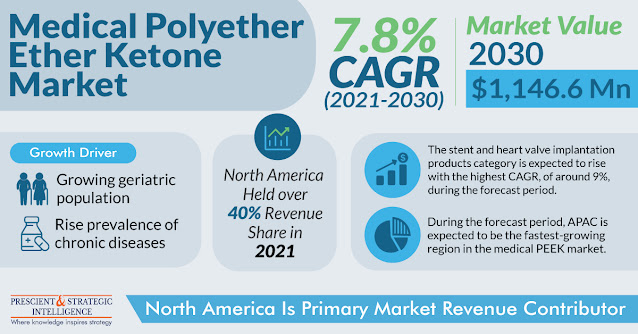The Japan diesel generator set market stood at approximately $1,120 million in 2021, and it is expected to grow at a rate of almost 6% by the end of this decade, to touch a value of about $1,816 million by 2030. The growth of the industry will be pushed by the surge in population in the cities and the high frequency of power cuts faced by a huge share of the population of the nation, because of natural calamities.
Japan is among the most-densely urbanized nations in the world. Among its 47 regions, only seven have a below 1 million population. As per the World Bank, the urban population increased from about 91% of the total in 2010 to about 92% in 2020. Consequently, the urban areas are in need of a huge amount of electric power to meet the ends of the people. Thus, the requirement for generators is on the rise in the nation for meeting the demand for backup power.
In 2021, the commercial sector had the largest share in Japan diesel generator set market, and it will grow at a rate of about 6% by the end of this decade. Over the last ten years, companies in Japan are attentive to the future, as they begin businesses for long-term affluence. As opposed to 2020, both the hospitality and retail industries are expanding, because of the domestic company divestitures meant to reinforce the sectors.
Mavens of the Japan diesel generator set market are emphasizing on the innovation of the mechanism and power system of diesel gensets, for meeting the precise requirements of inhabitants of Japan. For example, in January 2022, Cummins Inc. introduced the C550D5 and C500D6 series diesel generators for prime and replacement purposes, in the country. This series is intended to offer an advanced power density as opposed to 15 and 16-liter alternates with a displacement of 42 kVA per liter.
Japan is a country that is often struck by natural disasters, and due to this, there is a frequent power outage in the country. This is the main reason for the increasing need for diesel gensets in the country.













